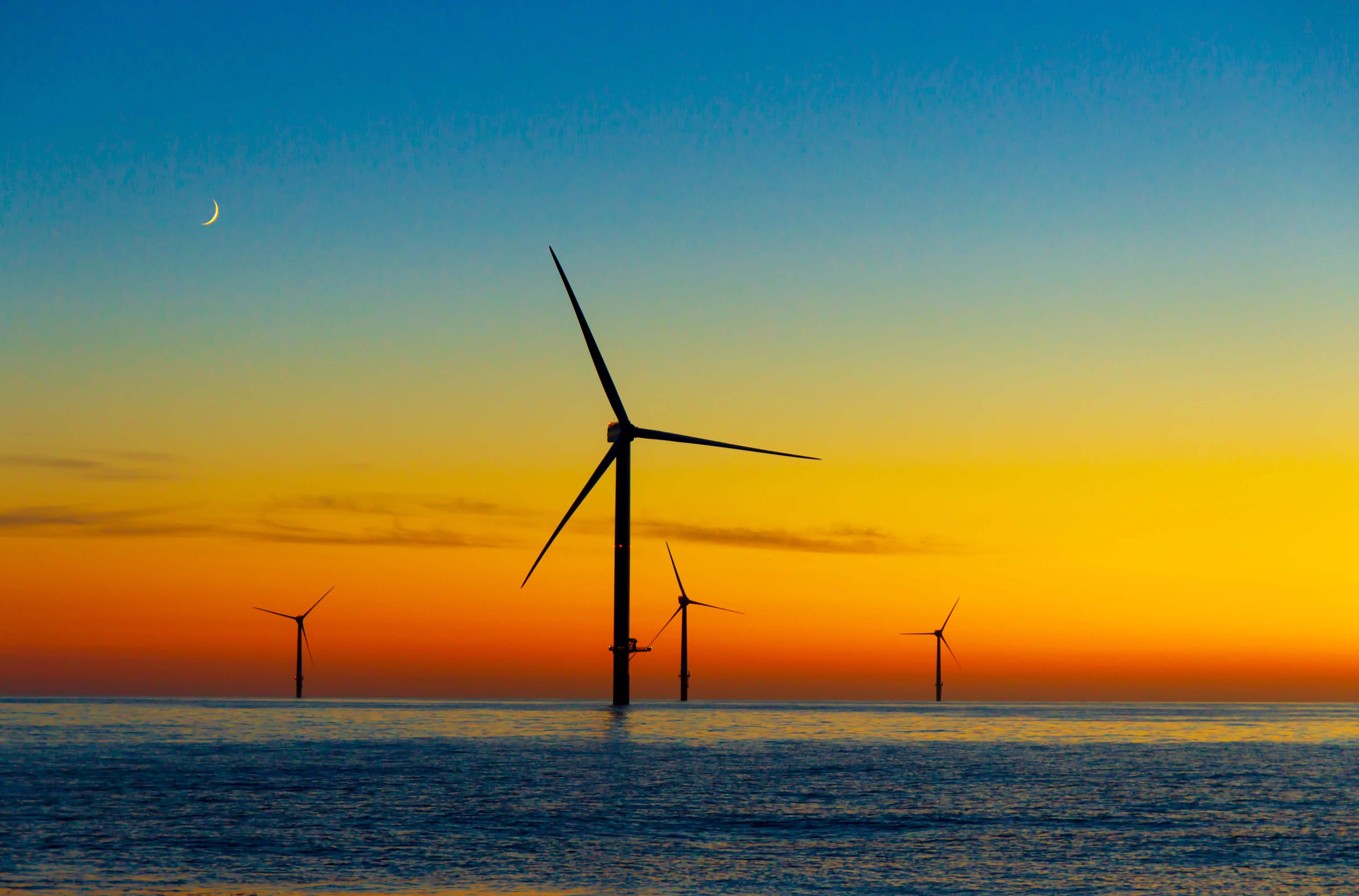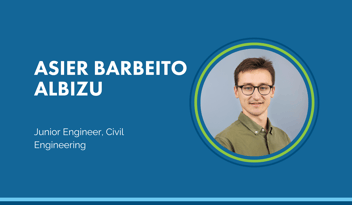
It is time turbine design lifetime limits had a reality check
Conservative turbine design lifetime limits are a costly distraction from the potential of offshore projects to continue to help meet decarbonisation targets
Limitations on wind turbine design lifetimes are hampering efforts to manage costs in asset lifecycles, reducing the effectiveness of long-term decision making and disrupting the effectiveness of offshore wind energy in low carbon power generation.
New Wind Europe figures indicate that in the next five years, 38GW of European wind farms will reach 20 years of operations, and therefore require decisions to be made around repowering, life extension or full decommissioning. Owners of older nearshore offshore wind farms in particular will find it impossible to repower these sites with larger, more efficient turbines.
Yet, as demonstrated across early offshore wind projects including North Hoyle, Scroby Sands, Kentish Flats, Barrow, and Beatrice, realistic lifespans beyond 35 years are achievable using current asset management methodologies and O&M activity.
The offshore wind industry needs to be better aligned in project timelines and equipment lifecycles, particularly as the latest offshore wind leasing rounds propose a 60-year project lifespan, almost three-times the approved turbine design lifetime.
Gary Bills, Regional Director EMEA, K2 Management said: “In recent years there has been an emphasis on OEM’s developing and proving the commercial viability of bigger and more efficient turbines, targeting a lower LCoE that makes offshore wind more competitive than traditional offshore energy.”
“At the 20 to 25-year mark, however, an offshore wind farm owner’s mind should be on how their project can continue to efficiently and profitably support decarbonisation goals and make the most of their lease as a possible alternative to the financial and technical hurdles of retrofitting the latest, largest machines to existing infrastructure.”
Gary continued: “Ultimately, decision making on lifetime extension must be made far earlier in the project lifecycle. Each offshore wind development has very specific requirements, so looking at each element – such as turbine performance over time or improvements in resource assessment – much earlier in the project’s lifecycle will be key to arriving at the best investment decision, before external pressures limit alternative options.”



